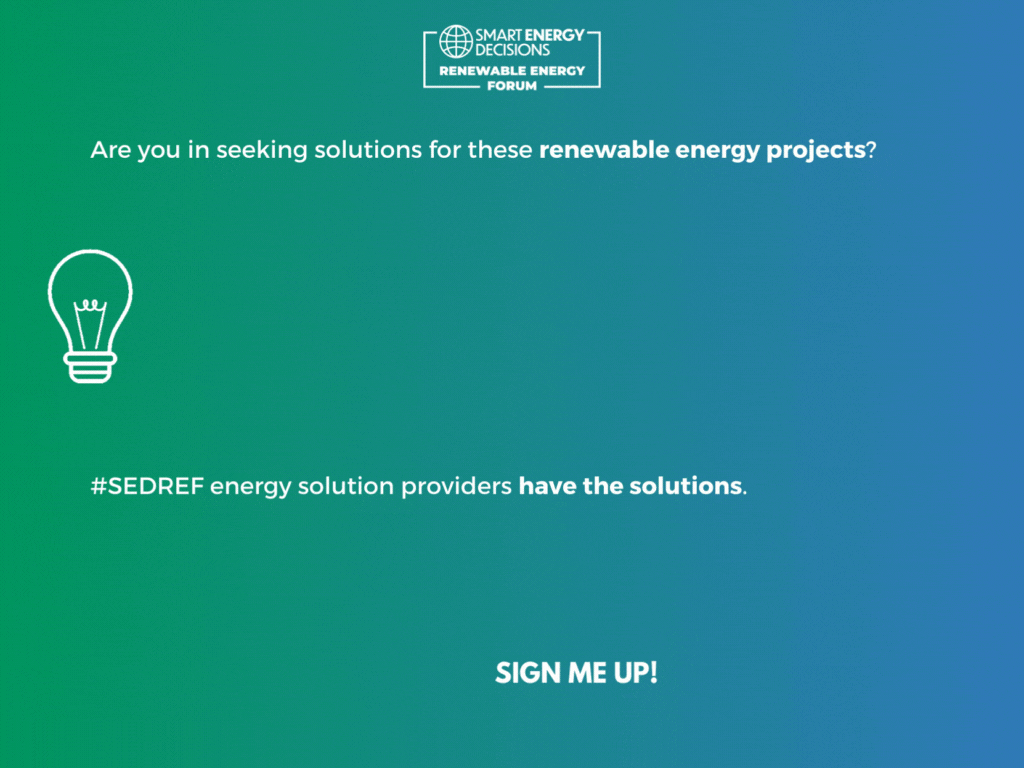Energy Efficiency, GHG Emissions - April 23, 2020
Michigan State Univ. cuts energy use 21% ahead of 2020 target
Michigan State University announced April 22 that they were recognized by the DOE for achieving their goal of reducing energy use by 20% by 2020.
The East Lansing-based university launched their initial efficiency efforts across their 20-million-square-foot building portfolio through the DOE Better Buildings Challenge in 2018 and have since reduced energy use by 21%.
“Michigan State continues to demonstrate the core principles of sustainability: being environmentally and fiscally responsible while also providing a safe, secure, and productive learning environment for our students, faculty and staff,” MSU President Samuel L. Stanley Jr., M.D., said in a statement. “Energy efficiency is not often in the spotlight, but it is the most important investment we can make to the benefit of future generations of Spartans, Michiganders and Americans alike.”
MSU achieved this energy reduction through several projects across their buildings, including improving insulation, adding LED lighting and installing more efficient HVAC systems. The university also switched their fuel source to natural gas and installed solar panels on 40 acres of campus parking lots.
“It’s amazing to see how much the aggressive focus MSU facilities staff has put on energy efficiency in buildings across campus has paid off in financial savings and a reduced carbon footprint,” added Dan Bollman, MSU vice president for strategic Infrastructure Planning and Facilities. “Along with the university’s push to use more renewable energy sources like our solar carport arrays, and to reuse and recycle waste at the Surplus Store and Recycling Center, our energy efficiency efforts help make MSU a national leader in sustainable practices, and we have more improvements planned. Just this year, we are adding another 50,000 new LED light fixtures to continue our drive for even greater energy efficiency.”
Read These Related Articles:
Stay Up-To-Date












